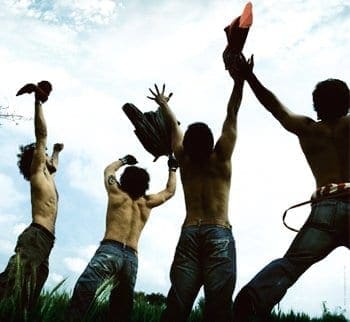
The average Indian youth might be vociferous with his views on the political scenario in the country plagued by rampant corruption and ‘policy paralysis’, might have grand ideas to convert a going downhill economy into a ‘India shining’, might have an answer to all malaise that affects the country, and might express all their views on social networks, but when it comes to the D-day, the elections, the platform which would effectively bring about change in the ‘system’, the same youth prefers to take a day off for vacation or watch the ‘analysis’ on television.

How many of you reading this article vote? Or how many, eligible, of you have a voter ID? These are some uncomfortable questions posed to the average Indian youth. While some answers hover around futility of the exercise, like ‘What will my single vote do to the huge system?’ others address lack of ease, like “I am away from my home town, how do you think I could vote?’, while few others talk about non-believers in the electoral system, like ‘Is it necessary to just vote to bring about change, cannot other methods serve the purpose?’.
While you may ponder over these questions and their answers or the lack of it, there is one answer that stands out. Those answer which has probably contributed to the disenchantment of Indian youth with electoral politics.
TINA. There Is No Alternative. There is no alternative political formation which could replace ineffective regimes. The host of political parties, at the end of the day, are not really ‘different’ from one another, is the view that most people carry. While seniors might still see optimism out of the situation and exercise their voting rights, Gen Y perhaps looks at the situation in a grimmer light.
The beauty of democracy, that the ruling class is put to an acid test of elections, after a stipulated time, is lost upon the youth. In an ideal situation, if there were any anguish against the treasury benches of the parliament, it would be voted against and better leaders be elected. But what skews the ideal situation for the youth in India is the lack of the ‘better’ leaders. They do not see an alternative. Unfortunately and largely owing to their deeds, politicians are painted with one brush. Such is the disillusion that has grown over the years that only a miniscule of adults willingly discusses politics. And it is a sorry affair for any nation.
It is also TINA which causes crusaders, both genuine and fifteen-minutes-of-fame-grabbers to emerge. It is TINA which has, and many a times thankfully, caused sprouting of regional parties. No one wishes for underdevelopment, corruption, lack of opportunities, thinning salaries, pink slips, atmosphere of mistrust, terrorist attacks, insurgency, poor infrastructure; every youth in India, with bigger dreams for themselves and the nation, wishes for an ‘alternative’. Alas TINA factor in Indian politics keeps them and thus the nation at large disenchanted.

Be the first to comment